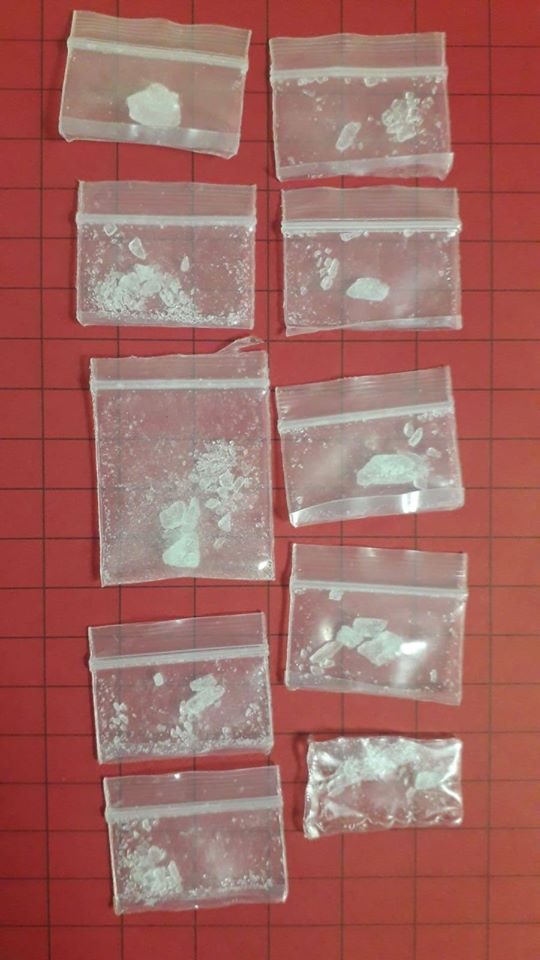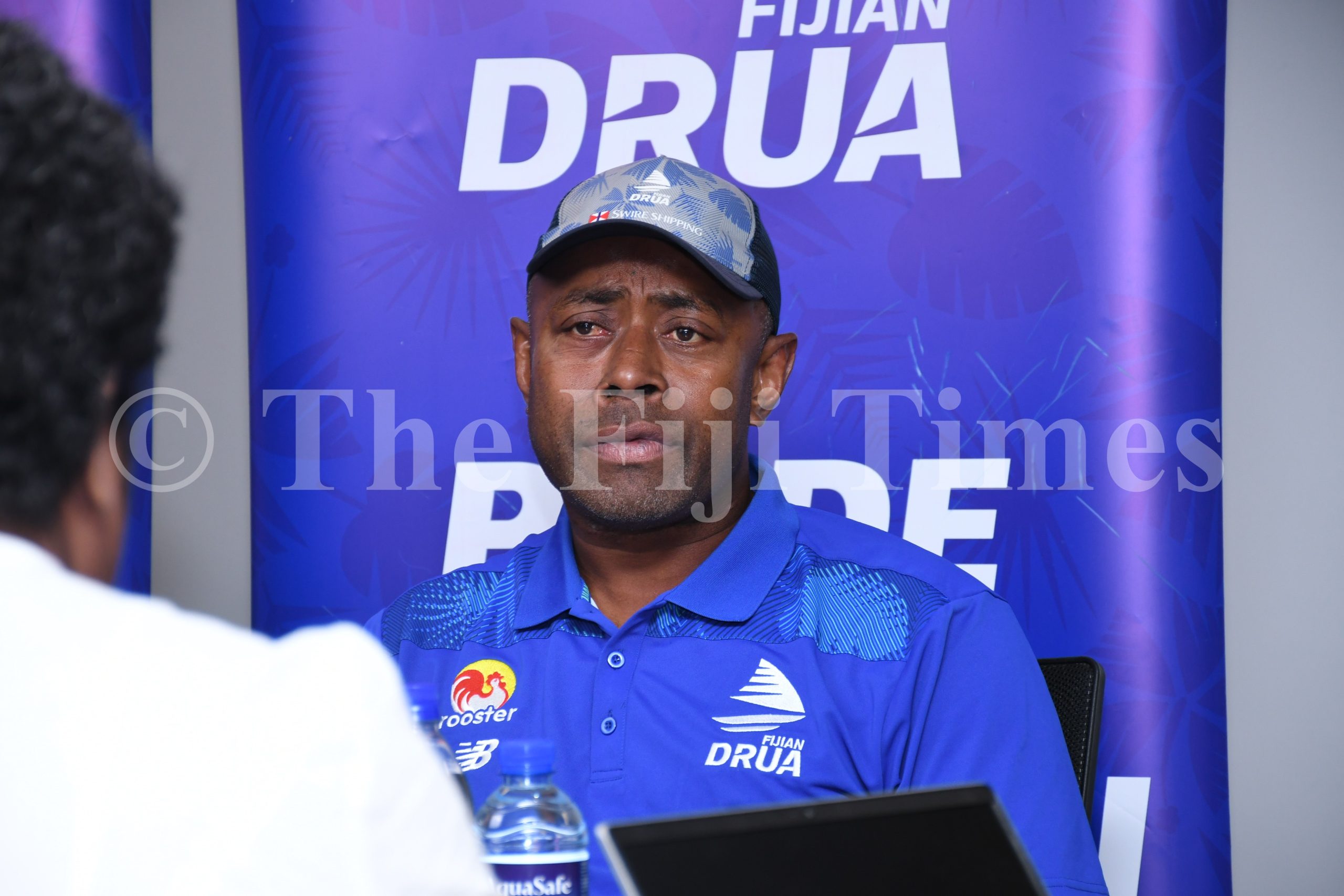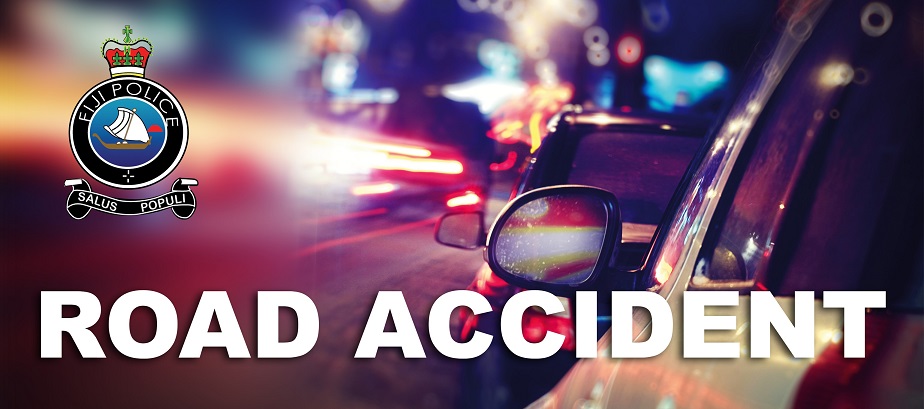ANYONE born into and brought up in an iTaukei family, will no doubt be familiar with the words “keda eda veiwekani kece tuga va dra” which translates to “we are all related by blood”. I often heard it at home and it was often shared during traditional events where we would meet up with indigenous Fijians from other villages.
And one of the first topics of discussion would be the tuva kawa (explanation of family lineage) where the heritage of the elders would be used to determine if there was any relationship between any two families or villagers. And nine times out of ten, there was bound to be a link somewhere which would connect one village or one family to another.
For this week’s Point of Origin piece, we spoke to Eseta Matavola of Mau Village in Namosi. She shared with us where the first settlers of Mau Village, who were her ancestors, came from before settling in Mau along with their links to other villagers in the highlands. The 77-year-old is the eldest resident in the village at the present time. “What I heard from my elders was that our forefathers came from Sawanikula Village in Naitasiri and went up to Nasevou Village (Naitasiri),” Ms Matavola explained.
“From Nasevou they left Wainimala and travelled down the Waidina river. “It was said that from Nasevou they brought with them the name our yavusa – Navugayago and the Waikatakata. “It has been confirmed that there’s a thermal spring in Delainavugayago.” Ms Matavola said her forefathers travelled down the Waidina River and came to a hill opposite where the Namosi River met the Waidina River in Delainauluvatu.
“They then continued down following the Waidina River and rested for a bit in Kalabu. “While in Kalabu, they looked towards the riverbank and saw the highest point in Mau on the horizon. “Their women marvelled at that hill in Mau and asked the chief for them to cross over to where the hill was.”
Ms Matavola said they left Kalabu and journeyed towards Mau Village. Upon reaching Mau, they settled on the hill they had spotted from Kalabu and they named it Delaimau. “They settled for a bit in Delaimau and what my elders told me was that when they went fishing out to sea, they used to take all seafood up to the hills to eat them there.
“I can confirm this because as a kid I would find the discarded shells of shellfish and other seafood like kaikoso, na gera, na suesue, na gada where we were residing which was way inland. “There is huge outcrop at Delaimau and when you stand there, you get stunning views of both sea and land. “Our forefathers stayed there for quite a while before deciding to move down the hill for easier access to food and so forth.”
She said her paternal grandfather, Pita Qiqi, had written a fair bit on the history of their ancestors. “What I heard was after they moved downhill to where Mau Village is located, Ratu Sukuna came and divided up the native lands and qoliqoli as western civilisation started to emerge.” Ms Matavola said her forefathers stayed in Mau Village and continued to keep alive the names, traditions and everything they brought with them from Navugayago and Waikatakata – and this has remained the status quo to date.
“We settled in and other villagers too came from other places and the village was then named Mau. “People say our vu (ancestral spirit) is a dwarf and I can personally attest to this. “I have seen dwarfs with my naked eye while growing up there as a little girl.
“I was there when the Native Lands Commission (NLC) began official discussions with iTaukei village elders on land ownership in Namosi. “My father’s older brother represented Mau villages to the commission.” Ms Matavola said she has had extensive interaction with her elders and heard the stories of how a few had arrived and then it expanded to become a yavusa which is now a village.
“We are the yavusa Navugayago, Waikatakata of the mataqali o Lewenisau – making us the sauturaga (tribal members who play a senior role in choosing and installing the chief).
“We, the yavusa Navugayago, gathered and chose another mataqali from where the chief of Mau Village would be installed.
“From what I have been told, no one can be given the chiefly title if they don’t have a tokatoka (extended family within the mataqali ).
Although she was unsure of where her ancestors originally came from before living in Sawanikula Village, Ms Matavola said the journey from Sawanikula to Mau Village, Namosi, was done only by one clan, the Naboro clan which she was a part of.






